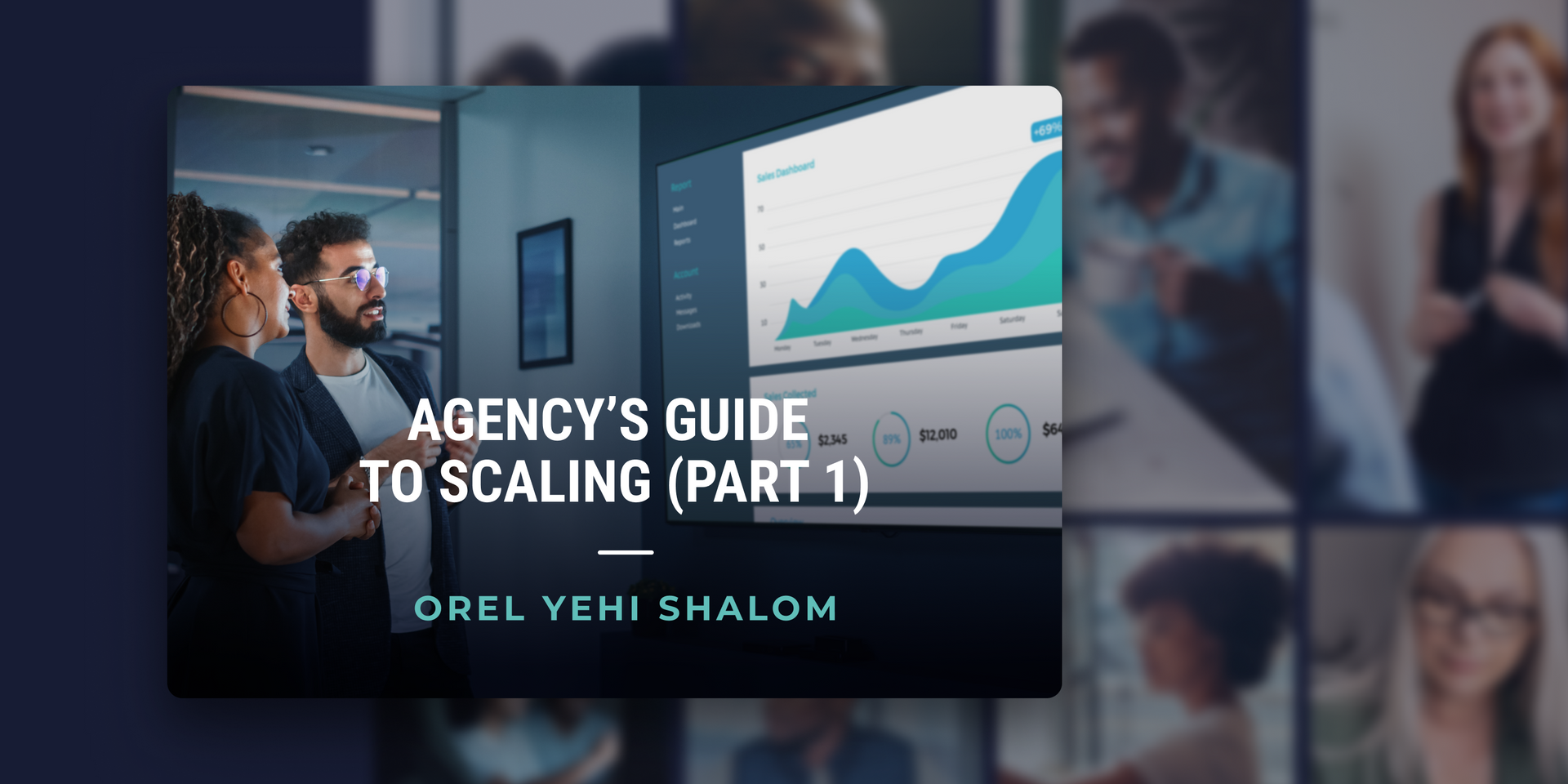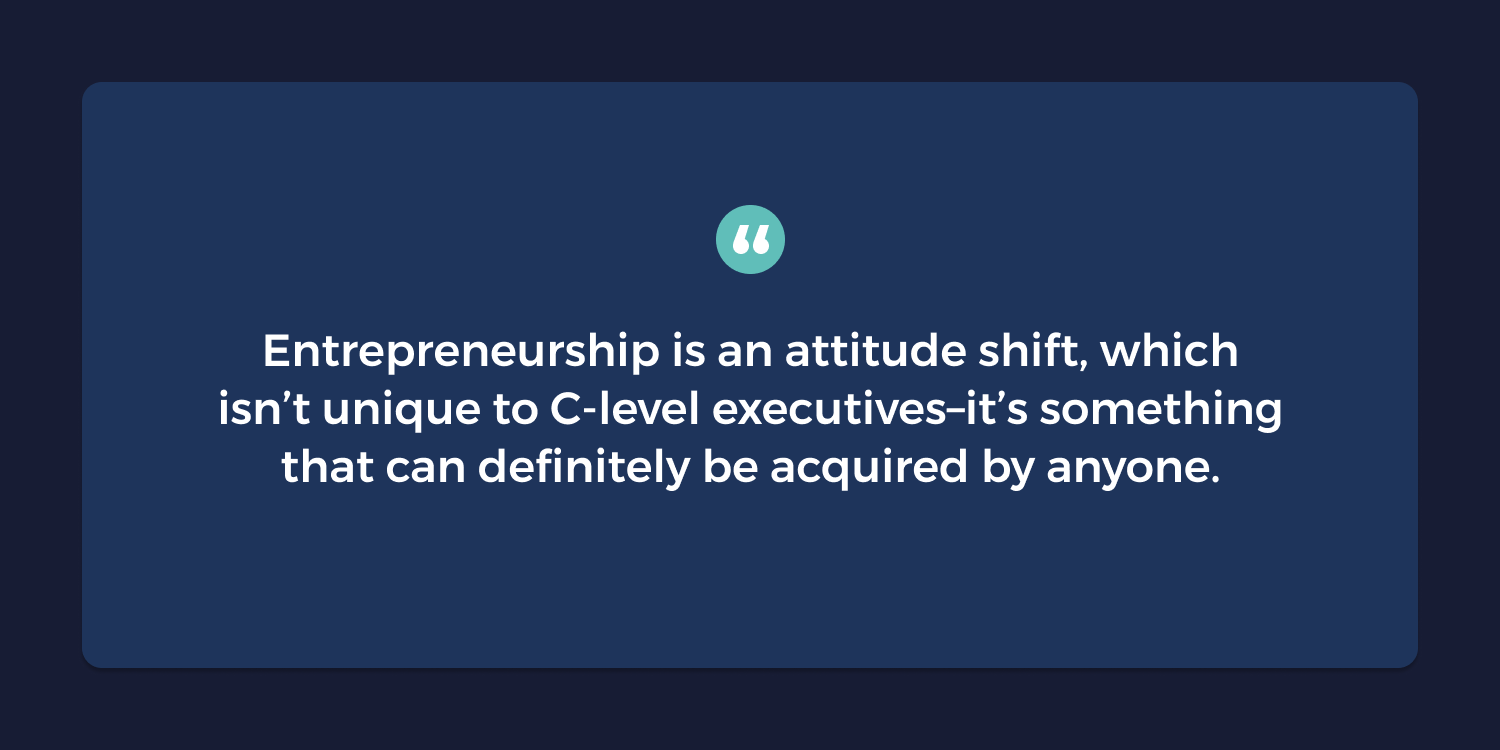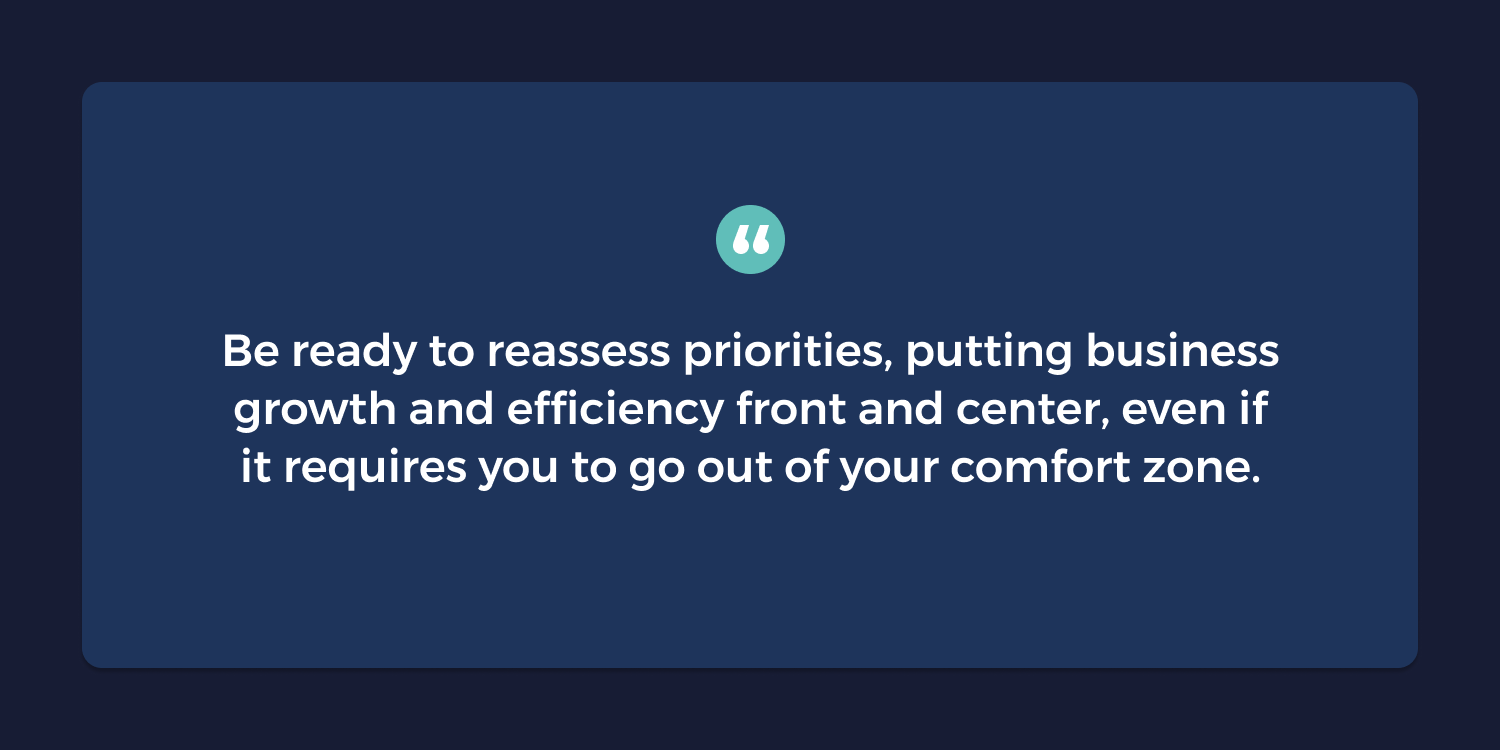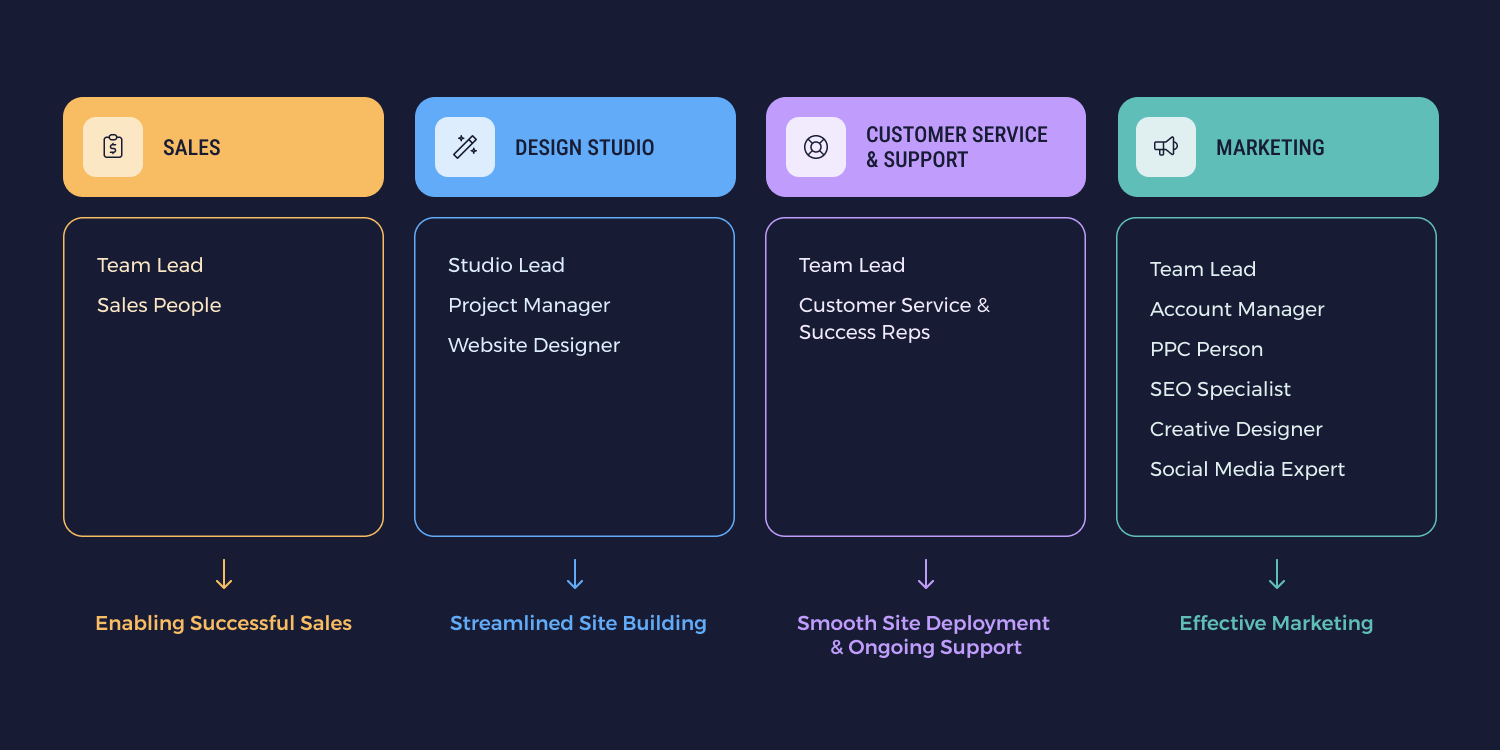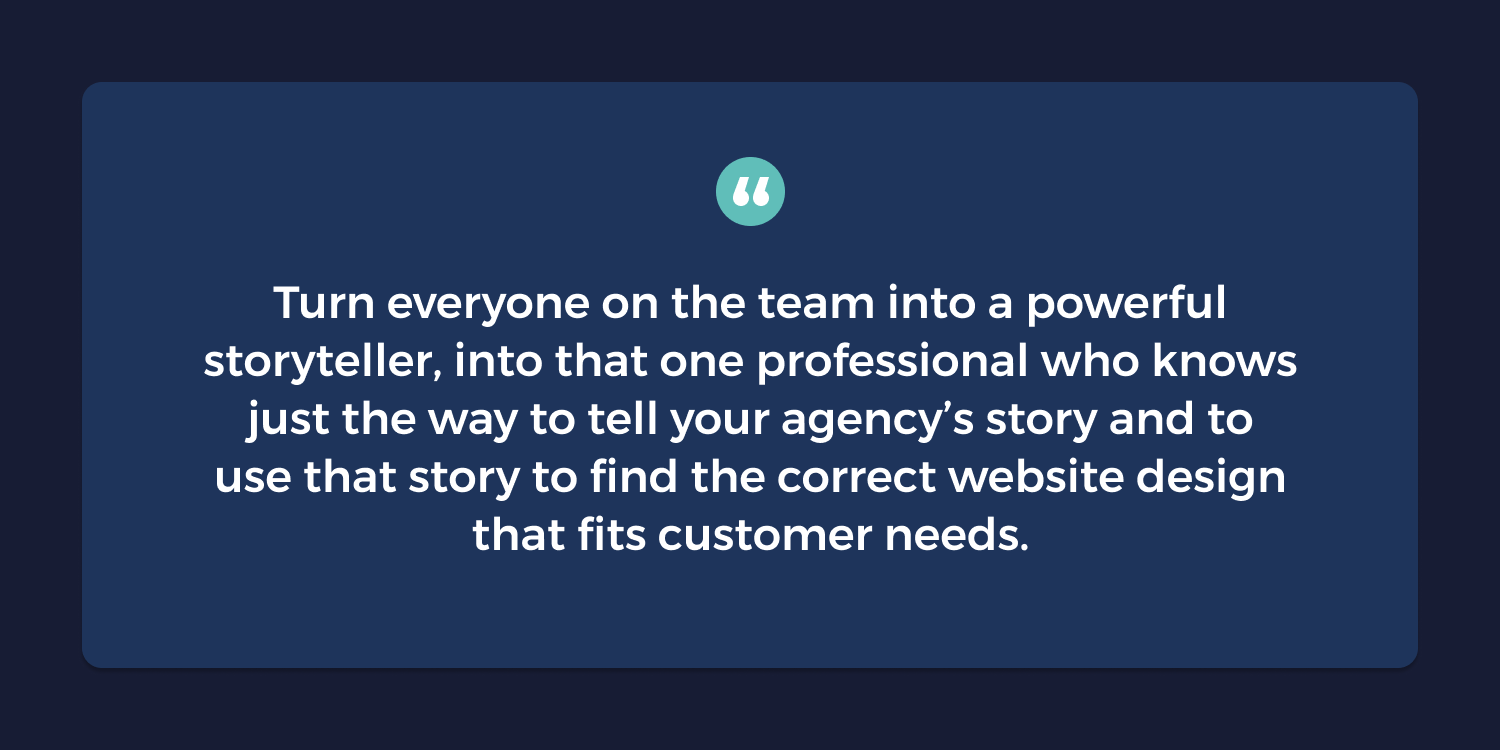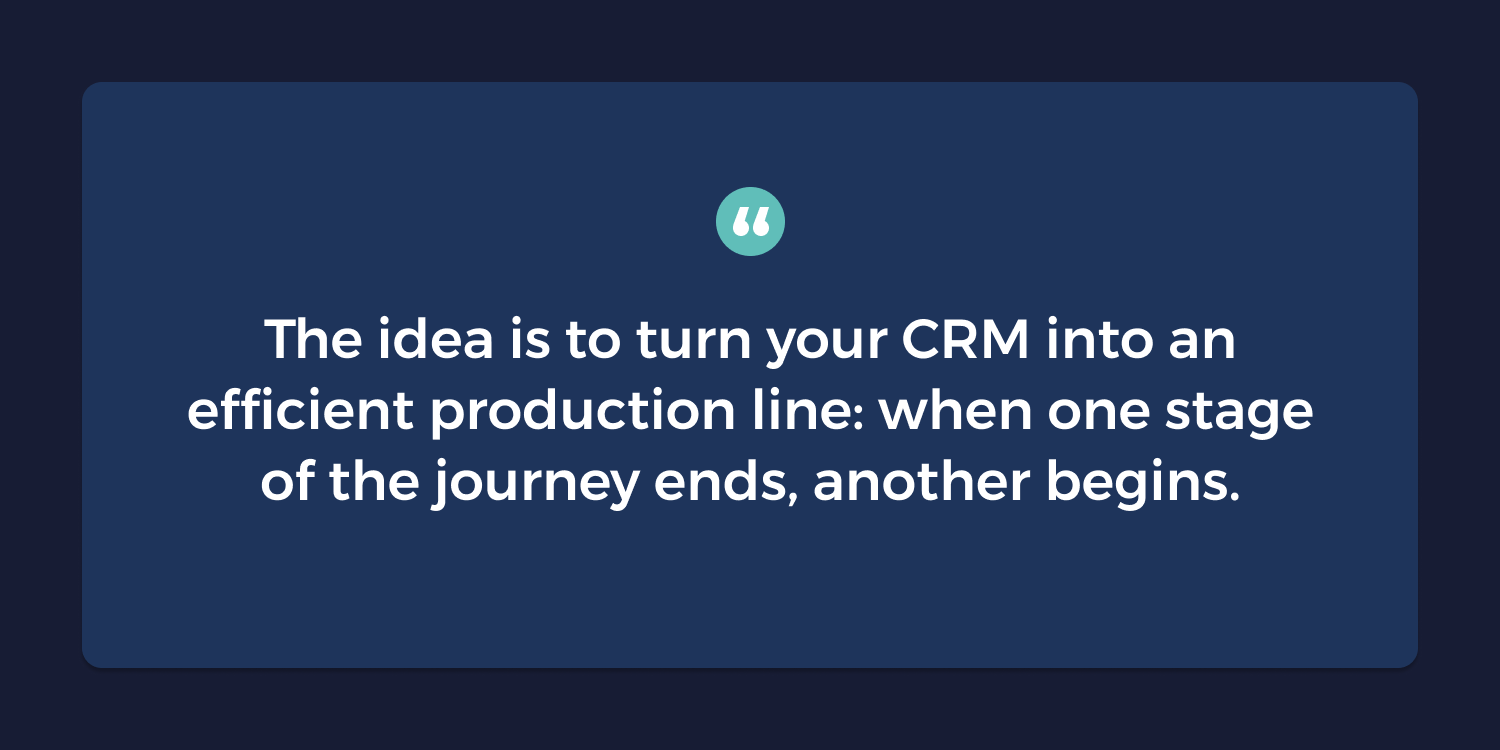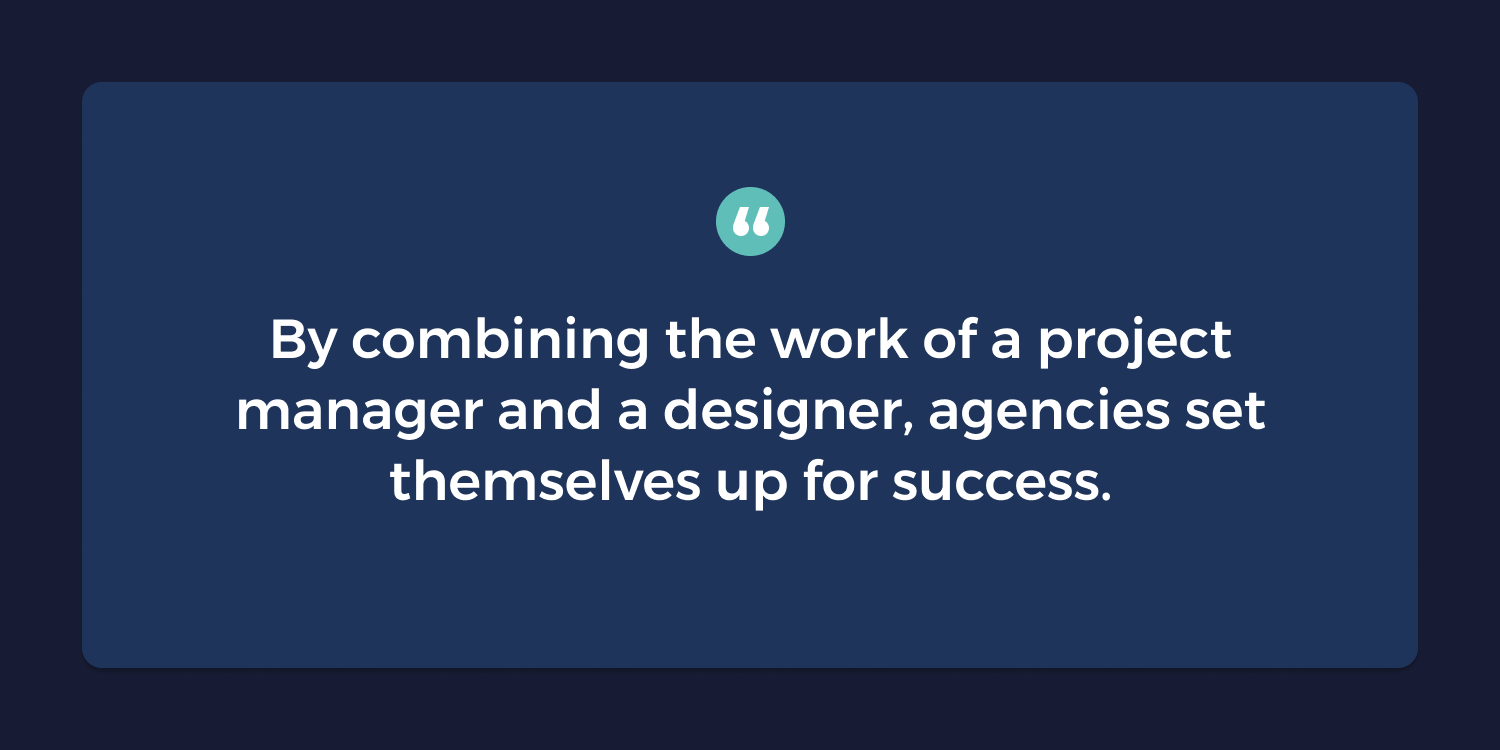In this content series, Scale and Thrive: Growth Insights for Agencies, by Agencies, we share proven tips and insights from agencies who scaled their operation and delivered proven growth. This blog post was written by Orel Y. Shalom, a successful agency owner with over a decade of experience in the field. Over the years, Orel has led more than 70 employees, producing over 10,000 websites for clients in a wide range of verticals.
Is there a way to scale your digital business from its inception? Although crucial, smart lead generation and the
right pricing tactics are only the tip of the iceberg when it comes to setting your digital agency for success.
Statistics show that inefficient work processes can reduce your agency’s annual revenue by as much as 30%. More than that, in my experience, they impede your digital agency’s capability to scale.
It might seem obvious, but you’ll be surprised how many agency owners I’ve met over the years who simply could not focus on scaling their businesses precisely due to the lack of organizational efficiency. Having said that, building a scalable business all starts much earlier, with your ability to change your own mindset.
1. Want to Scale Your Business?
Think Like a Businessperson
When you’re in website building and all things digital, it’s easy to get caught up in the creative and artsy side of the business.
I can tell you that for many of my fellow business owners it was difficult to make the switch from being a website building professional (even if you have a few clients lined up) to a true entrepreneur.
As an entrepreneur, you need to cultivate a skill set conducive to versatility and creative thinking. Try channeling your energy towards learning to recognize and capture every business opportunity out there. It’s just like they say: “Be there in the right place, at the right time.” As you step deeper into entrepreneurship, practice makes it easier to identify what that place and time is, accelerating business scale.
In this sense, entrepreneurship is an attitude shift, which isn’t unique to C-level executives–it’s something that can definitely be acquired by anyone.
The best way to go about making the shift in your perspective is to imagine you’re talking to one of your clients and ask yourself what your goal is. Then, set a clear-cut business objective: “I want to run an agency that builds thousands of websites per month and generates revenue on a regular basis.” Break down this main objective into smaller parts and be ready to reassess priorities, putting business growth and efficiency front and center, even if it requires you to go out of your comfort zone - which brings me to my next point.
2. To Scale a Business You Need to Let Go of Control
I want to ask you, how many times the thought: “If I want something done, I better do it myself” has crept into your mind? I’m sure you don’t need me to tell you that this kind of thinking contributes to anything
but business scale and growth.
Understanding that you can’t be a one-man-show (even if you do have a few employees) is key. My best advice to you is:
don’t be overtaken by fear of delegating tasks and explaining your business ecosystem to your employees. I’ve heard so many agency owners share with me that they felt they needed to explain too much to employees, especially the things they thought they themselves could do better.
I cannot stress this enough,
relinquishing control is one of the first steps you take towards turning your agency into a well-oiled, efficient machine.
And it’s ok if you have employees wearing multiple hats in the beginning. What’s important is that you know and can describe in detail what each employee does and what the most systematic and smart way to perform tasks is (it does not mean micromanaging, though.)
Being sure about roles and responsibilities will help you recruit people with the right skillset in the future, establishing the productive infrastructure your agency needs to bring more clients and scale down the line.
Hence, my next point.
3. The Org. Chart of a Scalable Digital Business
Now that we’ve discussed the shift in the mindset, it’s time to consider the infrastructure you need for your agency to be ready for scale from the start.
What I’m about to share with you is the
minimum required for ensuring your business effectively generates a steady flow of customers.
Let me just go back and say that it’s natural for one person to perform several duties in the beginning.
No matter the team or department, everybody in your agency should know how to offer the best service to help your clients get the maximum out of their website. Long story short, everyone should have the mentality of a salesperson, finding possibilities for upsells at every corner.
In that respect, each employee becomes a crucial part of a Rube Goldberg machine, always pushing forward.
Remember that having the right people do the job is only half the story; well-thought-out work processes are a must-have as well.
I suggest following the below strategies to ensure your agency’s success from the get-go.
4. Building Work Processes That Expedite Business Scale
1. Build a Marketing Engine That Works Like a Swiss Clock
Local small businesses are the perfect starting point for creating a marketing machine equipped for scale. Centering your marketing strategy around local businesses in the beginning lets you prepare your agency for scale and mass production because these are clients with (usually) less demanding website building goals. That is, there’s no need to build custom websites every time. Plus, you can almost always talk to business owners directly.
Once you’ve made the decision to reach small business prospects, the next step is determining the favorite hang-out place of your target audience and re-evaluating your lists of existing clients.
As far as reaching your target audience, consider boosting your online presence by making sure your services appear in a variety of industry-related comparison websites or contacting expert bloggers in your industry and asking them to list your services in their blogs.
You can further strengthen your agency’s presence through organic marketing, or search engine optimization (SEO). Rather than chasing after short-tail keywords, I prefer focusing on the long-tail ones with considerable search volume.
If you feel like you need to mix your SEO strategy up with broader search terms, you can use them in your clients’ website attribution. One way to go about it is for the studio team lead to assign each designer a high-volume, competitive term to use in the client’s site footer as an anchor link. To add, I suggest using a mix of broad keywords that have similar meanings. That way, you’ll have a bank of competitive keywords available.
For example, use a general term like "website designed and developed by [your agency]" and link the term "website designed and developed" instead of just your agency's name. This will help search engines rank your agency's website higher as you will have a variety of websites backlinking to it.
Your marketing engine would not deliver a consistent stream of quality leads without powerful campaigns on Facebook and Google.
I could write an entirely different blog post diving into the topic from different angles, but your best bet is to get started with
a mix of laser-targeted paid campaigns.
In my opinion, Facebook is one of the best social media platforms to start with. I suggest creating two separate client lists: one for potential prospects; the other for existing clients. Then, make two lookalikes to find audiences that match your customer criteria in the best way.
When running PPC campaigns, I’ve discovered that using
Duda’s instant sites feature
is a recipe for boosting sales. In a nutshell, imagine potential prospects clicking on your ad and filling out a form. That business information is then automatically injected into a site’s template, which is sent directly to the client with all your contact details – and its white-label. It’s a great way for sales to get things rolling.
When it comes to marketing, another one of my tips is to invest in Facebook retargeting and Google display remarketing campaigns, running them simultaneously. Running these in tandem ensures you achieve top-of-mind awareness and solidify your agency’s position as a powerful industry leader.
When the above marketing efforts are coupled with the correct utilization of
the marketing resources you already have, they can turn your digital agency’s marketing into a lead generation powerhouse.
2. Enable Successful Sales
When you analyze the efficiency of your sales operations, there are three major components to pay attention to:
a) Sales Training
Your sales operations are only as good as your sales team. To me, it’s always a good idea to invest in their training. The goal here is to turn everyone on the team into a powerful storyteller,
into that one professional who knows just the way to tell your agency’s story and to use that story to find the correct website design that fits customer needs like a glove.
While we’re on the subject of storytelling, first and foremost, it’s crucial for every successful agency to have a story. While this is a topic for another blog post, I will say here that for a story to be successful, it’s an absolute must that it sells your business. It might sound obvious, but many business owners choose to forego this major detail.
See to it that each one of your sales scripts starts with your agency’s story. I suggest utilizing your sales team training to reinforce the narrative. Moreover, it’s good practice to remind your sales people of your business story during your daily meetings.
Beyond that,
your sales people must tell the story in a way that it’d be memorable for your clients and easy enough for them to recall in case they want to recommend your services to others.
What’s also great about storytelling is that it works wonders for nurturing a strong personal relationship with your clients, which is one of the essential prerequisites for scaling a digital business successfully. In essence,
by investing in building strong customer relationships, you set your business for sustainable growth and profitability.
b) The Right CRM
Your agency’s CRM (Customer Relationship Management) software is built more than just for your sales process. As an integral part of your agency, it’s where your clients begin their journey. My favorite CRM software is
WHMCS, which has automation APIs and allows for among other things,hosting and domain renewal. On top of that, there’s a variety of useful add-on modules for this CRM like the ModulesGarden CRM and wbTeamPro. With the former you can easily add contacts, organize contact lists, define permissions, create campaigns, generate quotes, convert contact status, and manage automation groups. As for the latter, it’s a project management add-on that provides features for tracking time, invoicing, creating multi-level projects, and so on.
Other popular CRM options I suggest agencies to look into are
Hubspot and
Salesforce.
Going back to effective client management, I’m not exactly reinventing the wheel, but, if you strive for efficiency, it’s important for everybody involved in the client’s journey to label each client’s status and change it as the client moves along in the funnel.
The idea is to turn your CRM into an efficient production line: when one stage of the journey ends, another begins. That way, when you have tons of clients lined up, no one gets lost - neither your clients, nor your employees.
On that note, let’s talk about efficiency when it comes to transactions.
c) Efficient Transaction Processing
When it comes to transactions, I firmly believe that for them to be successful, they must be systematic. It all starts with a sales phone conversation, which consists of three stages:
Stage 1: Close a Deal - Your agency’s objective is to finalize a deal immediately. Thus, it’s imperative to have a predefined price for your website building services. The price should be low enough for the business owner to share their payment details straight away and close the deal, without any deposits or advance payments.
To make the entire process quick and efficient, you should have price quotes prepared in advance and send them to the lead right during the initial phone conversation so that your sales team can walk through the details right on the spot.
In the event of no transaction, sales should not hesitate to schedule a follow-up call, setting a specific date and time. By doing this, the team makes the deal time-sensitive and defines boundaries, without letting the lead fall between the cracks.
Once the deal is closed, the lead turns into a client, and the client begins their journey in the CRM.
Side note, I might say what you've already heard, but it's crucial to log all closed deals in the system. What’s more, it's extremely useful to document all customer pain points and solutions offered as you move along in the process.
Stage 2: Throw the Ball in the Client’s Court
- Now that you have a client, focus your sales conversation on a short list of materials you need to get from the client to start building their website. Send the email with the list right during the phone conversation, along with a link to your website templates catalog.
Aside from keeping an open communication channel this way, your sales also let the client know they need to take action and gather the required data and graphics. In short, you’ll be waiting for them, and not the other way around.
Use this stage of the conversation to make sure your sales team conveys to the client that their project is now in the hands of your project manager and include project manager's contact information in the email with the short list. To move things along, change the client’s project status to “Awaiting Website Production Call” in the CRM.
Stage 3: Review the Deal - Ensure your sales go over the deal summary with the client so that the client understands what they are paying for. It’s a short two-minute recap, but it serves your agency a great deal. It streamlines work processes, saves work time for the project manager, prepares the client for the next stage and eliminates any concerns and hesitations, or worse - deal cancellations.
3. Collect Website Materials Productively
First and foremost, website materials collection should always be done by a highly competent professional with enough design experience to successfully find the perfect website template for the client.
To illustrate, in many agencies a project manager becomes the point of contact for the client throughout the entire process, including materials collection, up until the client’s site is up in the air. In a sense, the project manager becomes the middleman between the client and their site’s designer. Another option agencies often go for is having a designer fully responsible for the process and all communication with the client after sales bring them on board.
I firmly believe that if an agency wants to truly scale up its business, establishing a more integrated approach is the way to go. By combining the work of a project manager and a designer, agencies set up themselves for success. While your project manager is responsible for picking the right website style for the client, collecting the necessary website materials and aligning client expectations on the way, your designer takes over once the site is moved to design and handles all direct interactions with the client until you deploy their website.
Speaking of materials collection, the most productive way to do it is by following these steps:
- The project manager should arrange a “website production call” with the client and retrieve as many materials as they can right during the conversation. If need be, the project manager can share a screen with the client or connect to their computer remotely.
- At the end of the conversation, have the project manager
send the client an email with a short conversation summary and two lists: one with the materials that’ve been collected so far, the other with the missing ones (and most often than not, you will have materials missing.)
- The project manager should
update the status of the project in the CRM and change it to “Awaiting Materials”.
The great thing about the CRM is that it will send automatic email and WhatsApp reminders to the client to send the missing materials.
Productivity isn’t possible without keeping things organized. One of my best habits is having a filing system set up and making sure the collateral is collected into a specified cloud folder, shared with the designer. In this case, the folder should be neatly organized and should include any materials important for the client to appear on their website and anything that can properly convey their brand image and messaging, such as their logo, customer testimonials, page names, content for the main pages, and contact information.
4. Streamline Website Building
Essentially, once your client’s website is “In Design”, your designer becomes the spokesperson of your agency, on the one hand. On the other hand, they start acting as a self-employed designer, fully managing a broad portfolio of client websites from A to Z, up until each of those websites is ready to be deployed.
I see effective website design as a straightforward work process:
- Making Introductions -
Every website design process should start with your designer setting up an introductory call with the client to elaborate on website design options and other more intricate design details.
Aside from simply reinforcing good manners, maintaining close contact with the client promotes respectful relationships and allows the client to feel important. That way, in case you encounter discrepancies between client expectations and the final website design (and in my experience it’s a very likely scenario), the damage control will go more smoothly.
- Sending a Dedicated Email - This email is to include website sample pages and a brief summary of work that’s been done so far. The pages are: the homepage, an inner page, and a contact us page. These layouts help set the tone for the entire design concept of the site. At this stage, the designer duplicates the inner page design onto the other site pages and inserts demo copy and makes revisions, if necessary.
- Entering the Rest of the Content - Moving on to this step only when the designer gets the site structure and the sample page designs approved.
- Finalizing the Website - Only after the designer gets a green light from the client on the entire website look, feel, and read. The website’s status in the CRM needs to be changed to “Design Approved.”
- Going Over the “Site Completion” Checklist
- The checklist includes, but is not limited to, ensuring there’s no demo copy or example images; checking images compression and cropping to size; removing unnecessary pages, confirming the email and phone number in the contact form are correct.
The reasoning behind this is simple, yet complicated: forgetting essential details at this stage could harm your agency’s image and reputation so it’s better to double-check.
Being meticulous and efficient during the website building process contributes to setting your agency apart from others, showing the client your high professionalism standards. The client feels they got exactly what they wanted in a minimal amount of time, without the headache of unnecessary ping-pongs - which is perfect for you, since it increases your chances of receiving positive feedback from the client later on.
Walking Through the Site with the Client
- scheduling a call with the client to go over the entire website.
Sending an Email with Site Details - It’s a good idea for the designer to send an email with the website details as well as customer service contact information. By doing this, you let the client know you are ready to deploy the site and forward them in the process.
Here’s another tip: take advantage of the email mentioned above to get feedback from the client and see how satisfied they are with the designer.
Changing the Site’s Status - The last step in the design process is to ensure that the site’s status in the CRM is changed to “Ready to Go Live.”
Final Thoughts
The above work processes are only half the story in your agency’s voyage to efficient scale. I’m going to share more of my professional know-how in the second part of this blog. Stay tuned for more tips that will definitely be worth your while – and remember, tiny adjustments can yield massive results.


